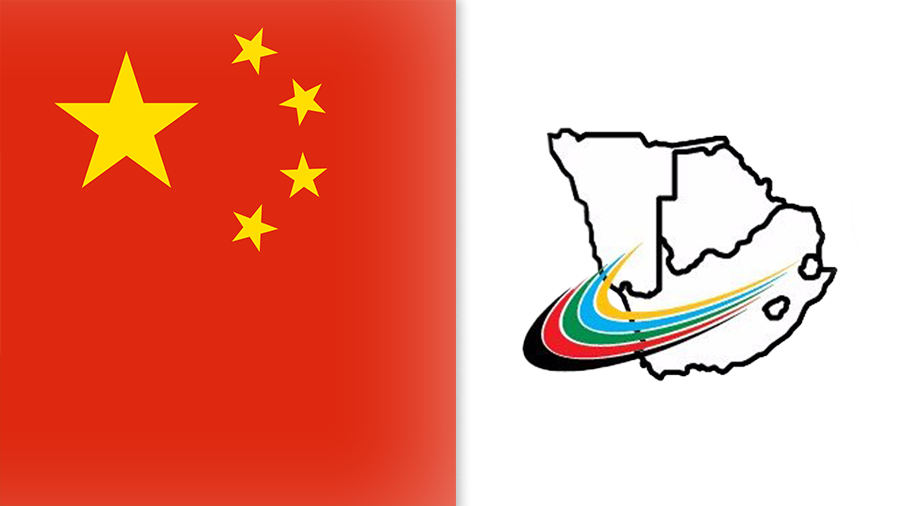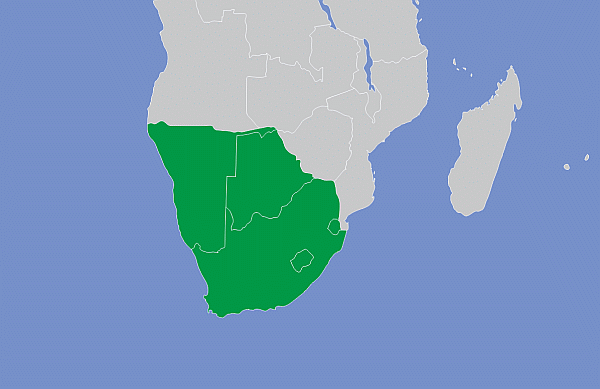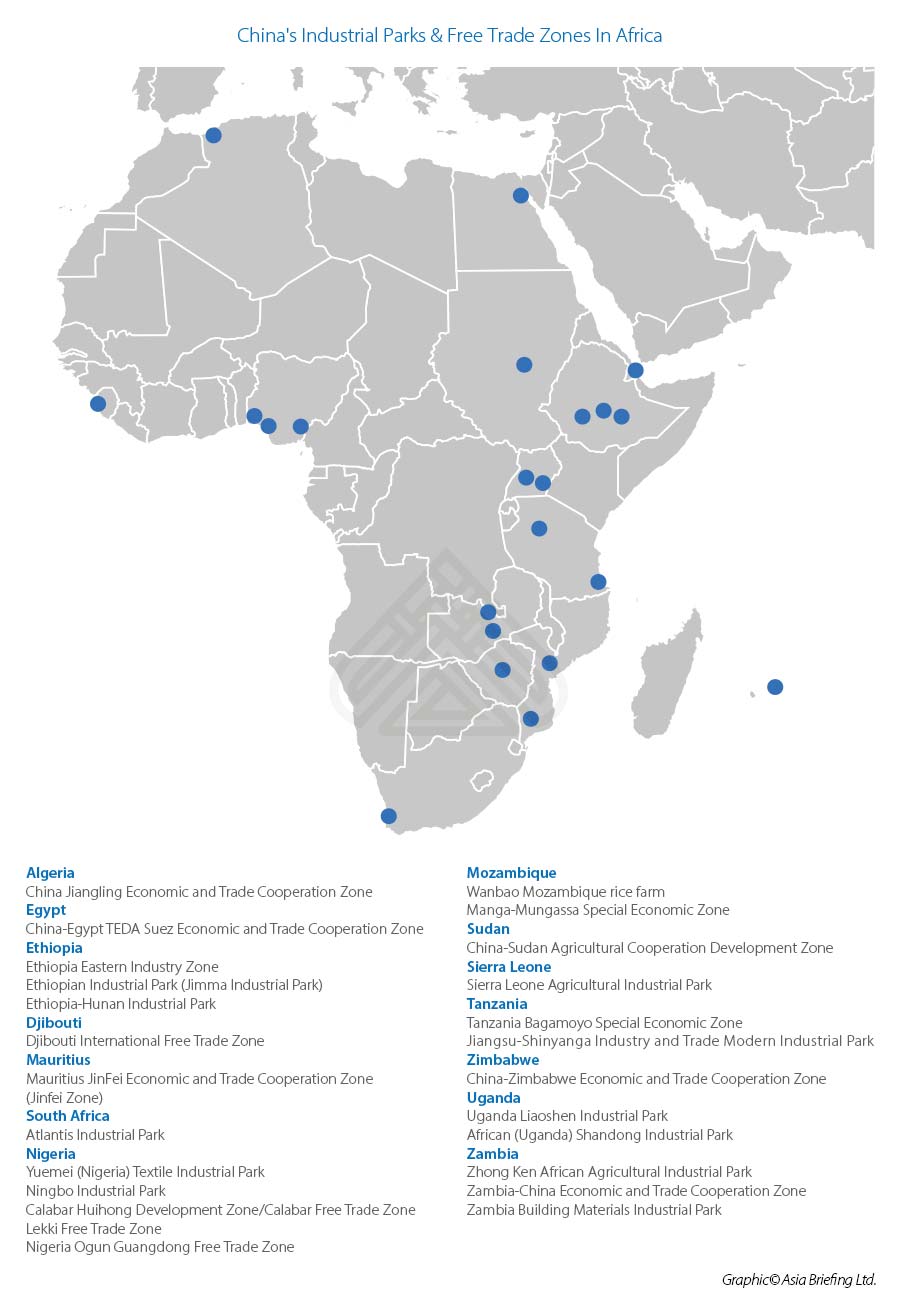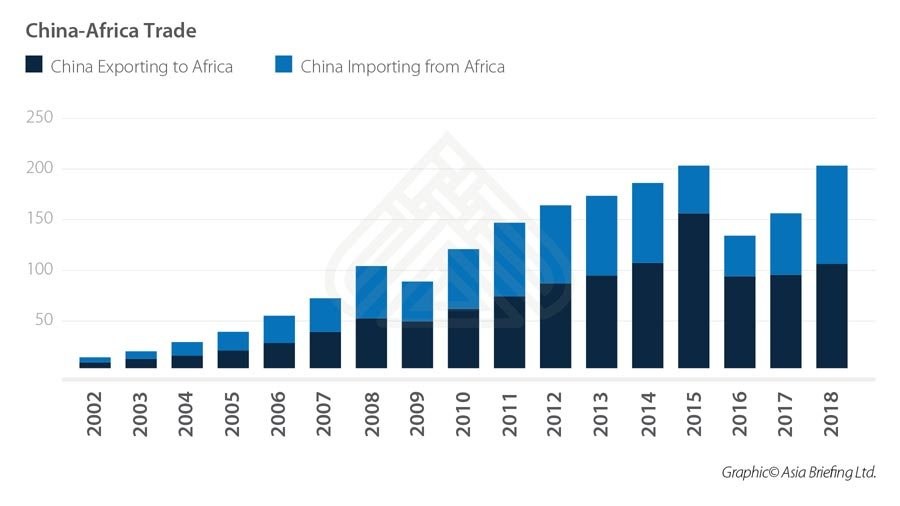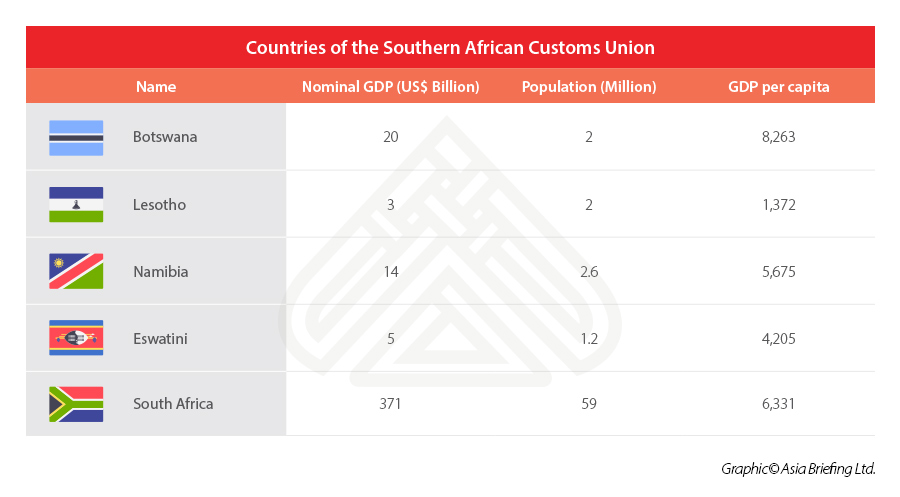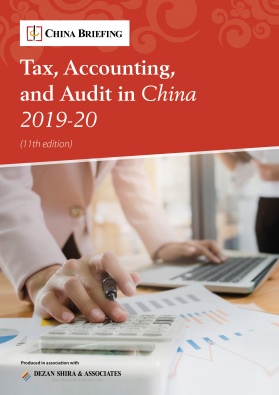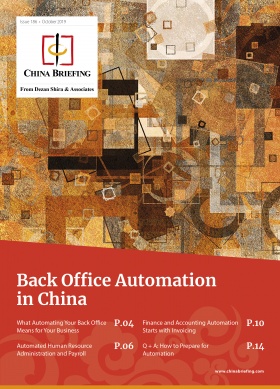Developing Global Free Trade: China and the Southern African Customs Union
(Part four of a five-part BRICS Free Trade series)
Op/Ed by Chris Devonshire-Ellis
Chinese President Xi Jinping has just returned from Brazil where he attended the annual meeting of the BRICS nations in Brasilia. With the Presidents and Prime Ministers from India, Russia, and South Africa also all attending, the Brasilia Summit’s Declaration stated that the BRICS bloc had expressed common goals of “expanding trade and innovation”.
There are significant global trade issues to examine here: most notably exactly how such trade can be increased. At present, the BRICS countries represent over 3.1 billion people, or about 41 percent of the world population.
As of 2018, these five nations have a combined nominal GDP of US$18.6 trillion, about 23.2 percent of the global total, a combined GDP (PPP) of around US$40.55 trillion (32 percent of world’s GDP PPP) and an estimated US$4.46 trillion in combined foreign reserves. The IMF has projected that the BRICS nations will account for over 50 percent of global GDP by 2030.
Achieving that growth will require some planning and innovation on the part of the countries concerned. This can be reasonably expected to include advancing free trade agreements. To this end: China is a lead player in the Belt and Road Initiative, Brazil with its influence and membership in Mercosur is a leader in the South American region, Russia has a similar role in the development of the Eurasian Economic Union, India has a prominent role within the South Asia Free Trade Area (SAFTA), while South Africa is a major strategic partner in the Southern African Customs Union (SACU).
Where China differs is that unlike the other four members, it is not the primary member of a specific trade bloc per se, although it does of course have a number of important free trade agreements.
Neither the BRICS bloc nor the Belt and Road Initiative are free trade areas, although what BRICS does is potentially provide a common forum through which other free trade agreements can be negotiated. The prominence BRICS enjoys and its intended actions almost certainly mean it is a platform for instigating just that – and the BRICS 2019 Brasilia Declaration expressed exactly this scenario.
In this series of articles, I will examine each of the possible scenarios that may occur in the development of free trade within the BRICS nations. In this article, I examine the potential for China’s engagement with the Southern African Customs Union (SACU).
Related Reading
- Part One: Brazil, Mercosur and the Eurasian Economic Union
- Part Two: India and the South Asia Free Trade Area
- Part Three: China, Mercosur and South America
China and the Southern African Customs Union (SACU)
The Southern African Customs Union (SACU) consists of Botswana, Lesotho, Namibia, South Africa, and ESwatini (Swaziland). The SACU Secretariat is located in Windhoek, Namibia, and was established in 1910, making it the world’s oldest customs union.
Of these countries, Namibia and South Africa have signed off on China’s Belt and Road Initiative, while China also has double tax agreements with Botswana and South Africa. South Africa is also a member of the BRICS grouping of countries.
The SACU has a combined population of about 66 million, and is strategically placed across Southern Africa, including on both east and west coasts. This makes it an important region allowing access both to European as well as Middle East and Southeast Asian markets.
China’s overall involvement with Africa over the past few years has been quite intense. Chinese businesses have been investing heavily in creating a number of free trade and special economic zones in partnership with relevant Africa governments throughout the African continent.
This itself is a coordinated reaction to the African Continental Free Trade Agreement (AfCFTA), which was signed off earlier this year, and over a five year period will reduce intra-African trade tariffs on 90 percent of all products and goods traded across African nations, to zero. This is extremely positive news if you are a business involved in sourcing multiple products from across Africa and wish to consolidate them into one factory or export processing business.
This has had an impact on China-Africa trade. While the region is volatile, and subject to currency swings and regional disputes, China is now Africa’s largest trading partner. In 2018, bilateral trade reached US$200 billion, with an upward trend. The graphic below, courtesy of the China Africa Research Initiative based on data from the Chinese Ministry of Customs, also includes North Africa, and demonstrates this trade swing well.
What is interesting about the statistics is that the trade flows are relatively mutual – Africa is selling to China only slightly less than how much China is selling to Africa. In 2017, the largest exporter to China was Angola, followed by South Africa and the Republic of Congo. In the reverse direction, South Africa was the largest purchaser of Chinese goods, followed by Nigeria and Egypt. As can be seen, China has been introducing diplomatic and tax incentives to encourage African businesses to trade with China – which remains a market that wants to consume. African products are welcome in China and there is huge growth market potential.
In addition to this, it should be noted that there is an ASEAN influence in the mix. The ASEAN bloc – Brunei, Cambodia, Indonesia, Laos, Malaysia, Myanmar, Philippines, Singapore, Thailand, and Vietnam are all relatively close. In terms of logistics, from Durban, South Africa’s largest port to Singapore takes 14 days or a 13-hour flight. China has a free trade agreement with ASEAN, and that means there is potential for SACU businesses to take advantage of this.
Looking deeper at the Southern African Customs Union, we can also examine their GDP, population, and GDP per capita in this chart. Figures are in US dollars.
As specifically concerns the African countries in the Southern African Customs Union, China’s bilateral trade is also generally increasing. We can look at each of these as discussed below.
China-Botswana bilateral trade
Botswana mainly exports primary products to China and imports intermediate and capital goods, which are mainly used as inputs in the development of infrastructure in the country. Increased imports from China into Botswana’s domestic market has mainly replaced imports from other countries, and China’s textile, clothing and footwear (TCF) exports gained market share from Botswana’s TCF exports in the third markets, that is, South Africa. Current bilateral trade is running at about US$300 million per annum.
China-ESwatini bilateral trade
ESwatini is the only African country to recognize Taiwan over China and bilateral trade is conducted either via Taiwan or Hong Kong.
China-Lesotho bilateral trade
The two nations have made steady progress in bilateral economic and trade cooperation. China has granted duty-free treatment to certain goods imported from Lesotho since 2005. Current trade volumes are about US$100 million, of which the Chinese export volume was roughly three times higher than Lesotho exports to China. China mainly exports textile and electromechanical products to Lesotho, and imports mohair, jewelry, and precious metals.
China-Namibia bilateral trade
According to data from the Chinese Embassy in Namibia, in 2018, the bilateral trade volume between Namibia and China exceeded US$800 million, a year-on-year increase of 45 percent – more than double the growth rate of overall trade with Africa. China’s major products exported to Namibia include mechanical and electrical equipment, clothes, shoes, hardware, tourist products, and other daily necessities, while its main imports from Namibia include mineral and marine products, hides, live ostriches, and relevant products.
China-South Africa bilateral trade
China has been South Africa’s largest trading partner for the past nine years, and South Africa has been China’s largest trading partner in Africa for the past eight. Bilateral trade totaled US$40 billion in 2017. China’s direct investment in South Africa has exceeded US$25 billion, creating hundreds of thousands of jobs for local communities. South Africa’s investment in China has exceeded US$700 million. A detailed overview on the dynamics of China-South African trade can be obtained from the South African Journal of Economic & Management Sciences and can be viewed here.
Prospects for a China-Southern African Customs Union Free Trade Agreement
Longer term, the prospects for a China-SACU FTA are promising. There are issues to resolve, however, not least with ESwatini’s continued recognition of Taiwan. That needs to change until any formal negotiations over a potential FTA with the SACU can begin. Politicians in the capital, Mbabane, will know this and will be looking to extract concessions from Beijing to switch allegiance. It is probably only a matter of time.
There are additional aspects of free trade that need to be tidied up. China does grant, under the WTO, tariff concessions to least developed countries (LDC) and has granted duty free market access for 97 percent of tariffs on products exported to China whether or not these countries have diplomatic relations with China. Of the SACU nations, this includes Lesotho, in addition to a further 20 African nations. China will therefore need to work with Lesotho as well as the WTO in forging ahead with a SACU free trade agreement that includes a LDC nation.
Nevertheless, these are diplomatic issues, rather than more problematic matters to solve. China certainly has its eye on Africa, and at present the SACU remains the most viable and organized Africa free trade bloc that it can partner with. SACU works very well when it comes to inter-regional trade facilitation and the movement of goods between the five countries on this sub-continent. Cross-border trading takes place with minimal hindrance, bureaucracy, or paperwork.
However, it tends to become problematic when facilitating intra-African trade outside of its own bloc, although this should ease with the advent of the AfCFTA agreement. For this reason, there has been talk of inviting Zambia and Zimbabwe to join the SACU – which if it occurs would make the Chinese even more interested. Both are relatively wealthy nations, with Zambia having a GDP of about US$30 billion, and Zimbabwe around US$20 billion. Both possess resources attractive to China.
A China-SACU FTA deal then rides on the following points:
- ESwatini to recognize China over Taiwan;
- Upgrading Lesotho from its WTO granted LDC status;
- The potential for Zambia and Zimbabwe to join the SACU; and
- The potential for SACU businesses to access Chinese-owned industrial parks in Africa.
These are quantifiable points, although partially dependent upon the political landscape. This will take time. Nonetheless, in the longer term, and given the huge network of Chinese free trade and economic zones emerging along the Belt and Road Initiative – including across Africa, closer study is warranted.
Benefits for SACU-based companies would be as follows:
- Access to Chinese owned industrial parks and special economic zones to process/manufacture SACU origin products and goods for further export to African, Middle Eastern and ASEAN nations, in addition to China;
- Access to sourcing Chinese/African/ASEAN products and goods for import back to SACU; and
- Mixing SACU/African/ASEAN/Chinese/ products for final export to other global markets.
Clearly, product-specific examination needs to be conducted concerning the viability of such an arrangement, as well as the rules of origin and related product tariffs being understood. Nonetheless, there is enough substance between China and the SACU to warrant additional study and give credibility to the potential of such an alliance.
About Us
China Briefing is written by Dezan Shira & Associates. The firm assists foreign investors, including African companies, into the Asian region and has offices throughout China, ASEAN, and India. To contact the firm, please email us at asia@dezshira.com or visit us at www.dezshira.com.
- Previous Article Developing Global Free Trade: Linking China’s BRI with Mercosur, South America
- Next Article Hong Kong Returns to Business as Alibaba Prepares for 2019’s Biggest Global Listing




















